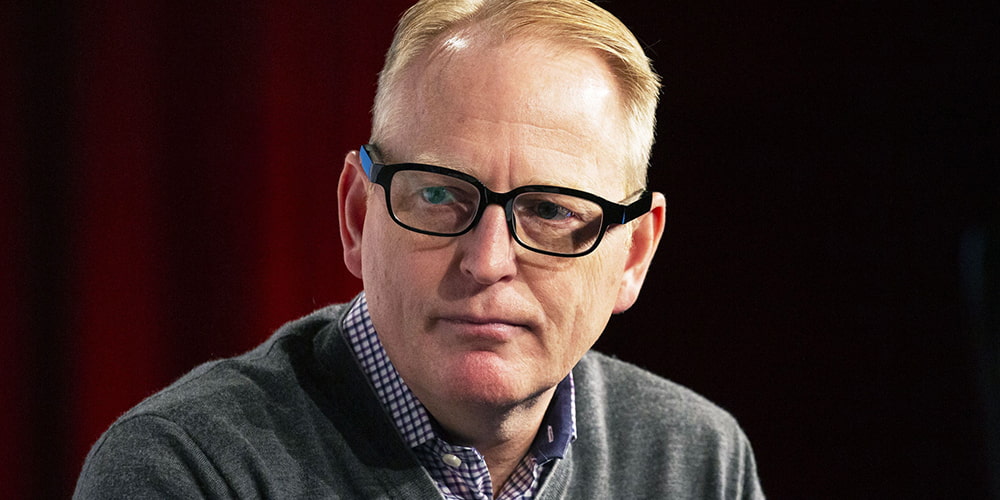Back in the old days, Amazon was just an online book store. When Jeff Bezos founded it, it was a result of what he called his "regret minimization framework."
He described it as an effort to fend off any of his regrets for not participating sooner in the internet business boom during that time. Bezos founded Amazon after he left his job at a Wall Street firm, and after he moved to Seattle, Washington.
The online store had its first office in Bezos' garage, which was also at his house on Northeast 28th Street in Bellevue.
From there, the rest is history.
Amazon quickly becomes the American multinational technology company which focuses on e-commerce, cloud computing, digital streaming, and artificial intelligence. It is one of the Big Tech companies in the U.S. information technology industry, along with Google, Apple, Microsoft, and Facebook.
The company has been referred to as "one of the most influential economic and cultural forces in the world", as well as among the world's most valuable brand.
And it's through Amazon that Bezos became the world's richest man.

Inside the company, at the hardware sector, is Dave Limp, the SVP of Devices and Services.
Also known as the person in charge of Alexa, Limp's work also include the Kindle e-reader, the Ring and Blink security camera systems, the Eero Wi-Fi router, and a host of other products that connect to Amazon services.
Speaking in an interview at Decoder, Limp said Amazon's business at the consumer electronic-based products, started with Kindle. The device is considered the start of Amazon's heritage.
"So it started with Kindle, and it’s evolved to a large number of other products; Fire TV, and tablets, and Echo and Alexa [...] and many of the services that are coupled with those, also sit in the organization. We try to keep the organizations together, so that you can invent very quickly. And then, I have a couple other projects that roll into my organization. Our low-Earth orbit satellite, called Kuiper, is in my organization. And then, our self-driving taxi efforts through the company we acquired called Zoox, Aicha Evans runs that, but that also rolls into the organization."
And considering how much time people are spending their times on developing the product, "varies depending on what milestones are kind of ahead of us."
"So, there’s no one day that’s the same, but they all get a good amount of time. But I tend to try to live in the future a bit; I’m probably at my happiest when I’m living in the future. And so, those are also the things that have more ambiguity, and might need a little bit more input, and decision-making. But the best part of the job is — and I do have, I think, the greatest job in the world — that you can context-switch like that. And I can be deep diving on the right reading font on a Kindle in one meeting, and the next meeting, we can be talking about launch capacity for satellites. It’s super fun."
On the hardware side, the fastest Amazon can achieve is six to about a year.
On the software side, the timelines could be down to five minutes.
In a company as large as Amazon, resource management is key. The second thing, is to ensure that things flow smoothly, and that is through what Amazon calls the "one-way door decisions."
This is the decision that require judgment, in which the people involved would think harder about them, and want to contemplate them, because they’re not impossible to reverse, but they have ramifications if you reverse them, especially as they relate to customers.
"And so, those would be decisions that I’m involved in."
And finally, the third is the invention process, which has its own decision framework.
For each of these buckets, things are different.
"An operational issue that is a type one or type two (or one-way door or two-way door decision), that framework is about sitting down with high-judgment individuals, inspecting the data that is in around the decision, really putting the customer front and center. The customer, by the way, isn’t always necessarily an end consumer; it could be a developer, it could be a partner, there’s lots of different aspects. And then, walking through the recommendations the team usually tees up and saying, 'Okay, which one does the data lead you to that’s going to have the best customer outcome?' That’s the framework for those high-judgment decisions."
The most difficult of the three, would be the invention process, as it involves a totally different decision-making framework that Amazon calls the "working backward process."
This is where things can get messy.